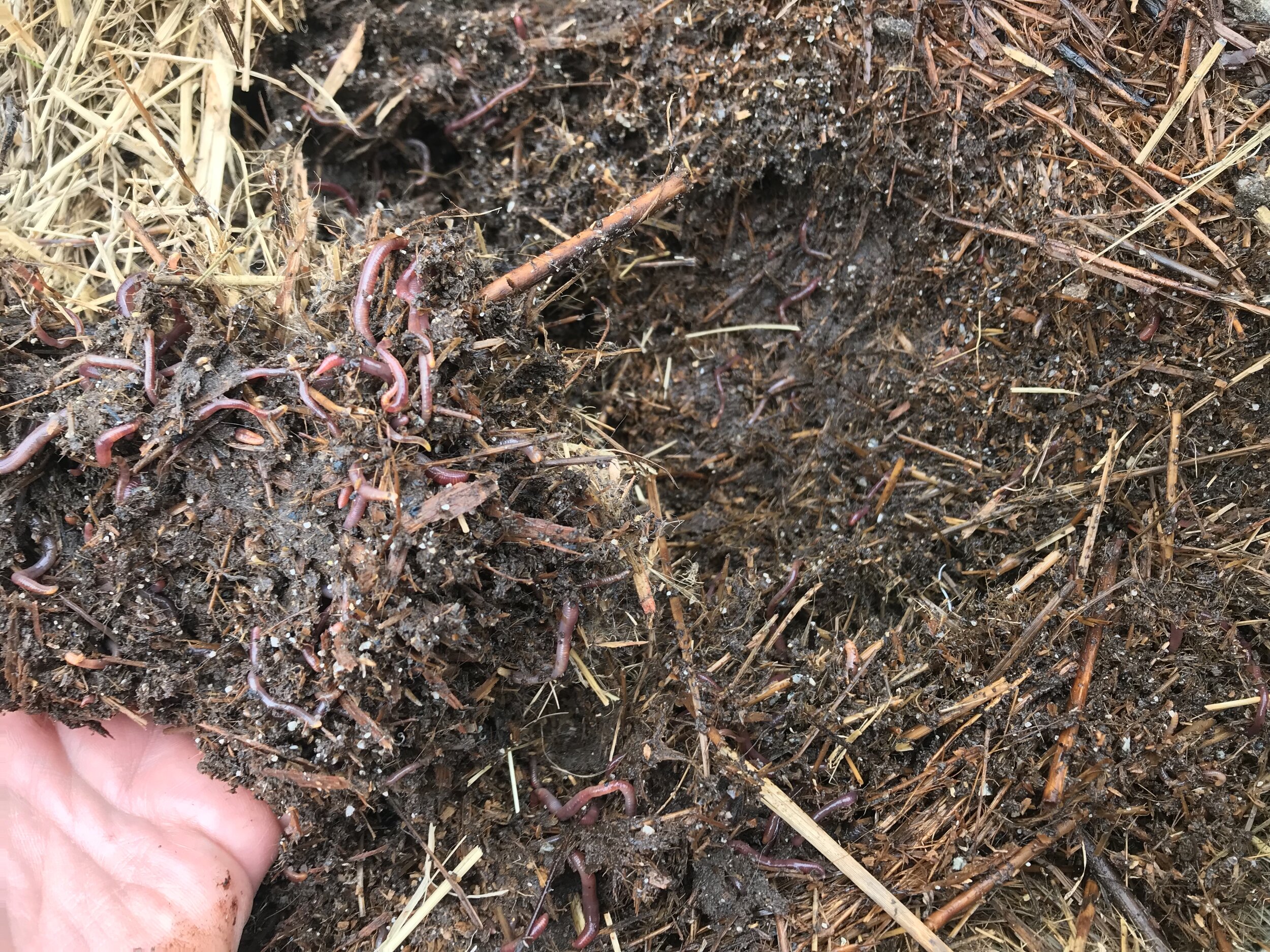Regenerative Vegan Growing at SHO
What does ‘regenerative’ mean at SHO Farm?
Many of these guidelines are commonplace in good organic soil management…but we add specific and qualitative changes to conventional practices. Defining what ‘regenerative’ means is a work in progress—and part of what we do at SHO as part of a global community of regenerative plant-centered growers—is work to outline and make available to others an evolving set of best practices.
*We aim to make anything we plant a part of a larger, vital agroforestry and pollinator pasture system. Annual plants fit into a perennial polyculture and take advantage of synergies with other plants, insects, and animal movement. We do not plant in a mono-cropping system, which diminishes habitat, and increases susceptibility to disease and insect predation.
*All agricultural actions aim to enhance soil life and increase wildlife habitat as part of a larger ecosystem. We are ‘chefs of the soil’—balancing giving and taking, delighting in the feast. Vital microbial and fungal life in the soil translates into healthy plants for food and medicine.
*All management practices avoid deliberately harming animals to the greatest extent possible. No animals are exploited in growing our products.
*We make teas and ferments from plants growing on the farm (like comfrey, horsetail, Japanese knotweed and bindweed) to cycle nutrients.
*Plants go into the field after grassland birds are no longer nesting or raising their young—between July 14th-August 1, mowing first with a small tractor drum mower which cuts pasture growth at its base, leaving stems intact in a windrow, causing minimal harm to insect life. Windrow acts as a mulch line for hemp plants.
*SHO Farm generally focusses on perennial plants in a polyculture in its orchards and field edges. This also avoids tillage, which most often destroys tilth and mycelial communities.
*Potting mix contains no animal slaughter by-products. All compost used comes from no-kill sanctuary manures, plus natural plant ingredients.
*We grow plants in an outside nursery and then transplant to the field where they can compete with adjacent pollinator pasture plants. This is labor-intensive, but allows for best practices for bird and wildlife habitat.
*We hand-dig each planting hole assuring minimal soil disturbance, without tilling an entire area like most growers practice.
*Native soil microbes are fed for optimal nutrition using site-harvested brewed plant teas (like japanese knotweed, bindweed, comfrey, and horsetail) extracting beneficial minerals.
*No heavy machinery on fields, especially after rain events, to avoid soil compaction.
*We spread spread fall-mown areas destined for annual vegetables and hemp, with cardboard and compost, covering with a tarp, to prepare for spring planting. Re-usable tarps help heat the soil in the spring, they help germinate weed seeds, which then die off under the plant prior to planting.
*All planting areas are selected for their mutual benefit to surrounding flora and fauna. Plantings are synergistic.
*Wildlife browsing & preferred travel routes figure prominently into the design and location of plantings.
*Vast pollinator habitats are maintained in all areas surrounding annual plants.
*We grow our own seed as often as possible, so that plants are adapted to local conditions
*We look to make ‘enough’ from sales of our products, enough to continue steward the land such that many benefit, and, in our case, support SHO’s non-profit duck sanctuary.
*We are devoted to quality and excellence in everything we produce.
*In the winter, we time the pruning of trees to feed wildlife, since they enjoy eating branch tips for nutrition.
*Allowing unmown grasses to serve as habitat for voles and mice provides necessary food for raptors and other predators.
*Allowing early successional growth—like these poplars—emerge in pastures provides food for deer, where they deposit their manure.






